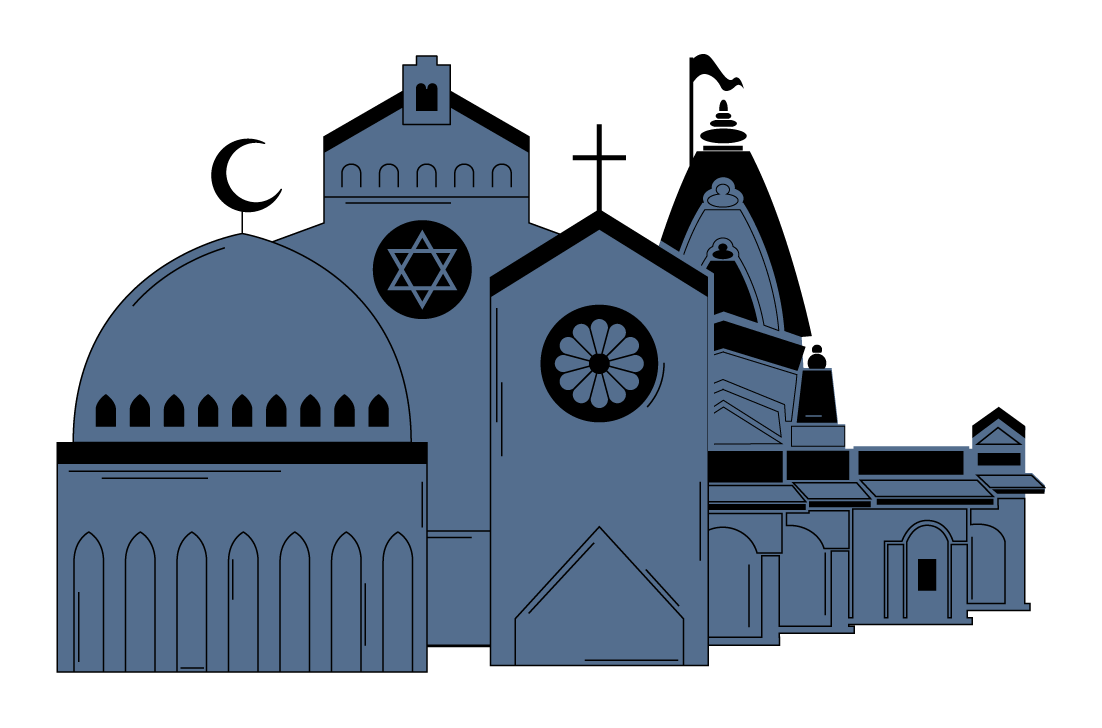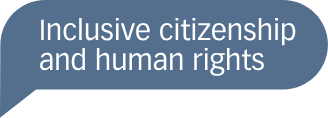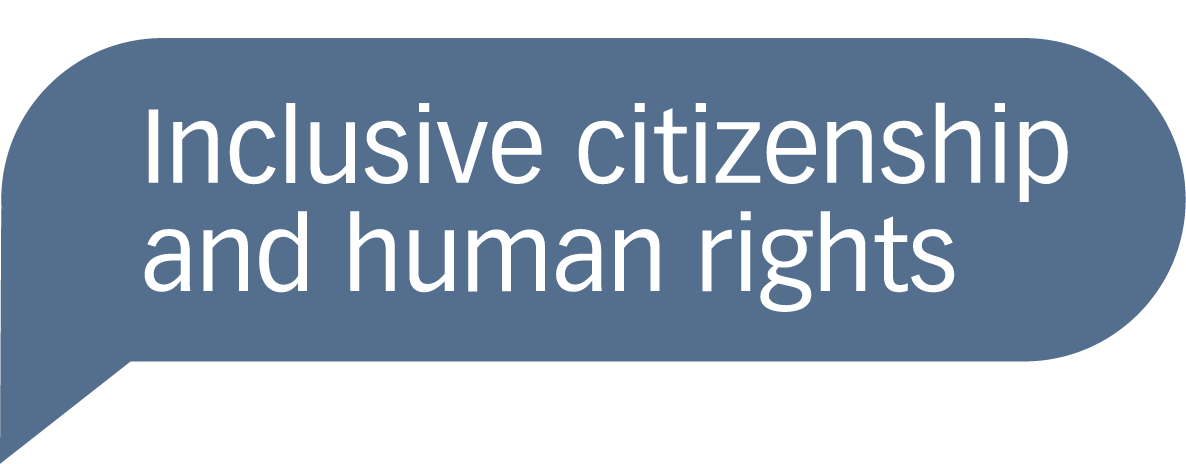
Intolerance and stereotypes based on religious identity can cause negative attitudes and behaviours, leading to social tensions, discrimination, group hostility, and even violent conflicts. Interfaith understanding and dialogue can help reduce these risks and promote coexistence between individuals and groups of different faiths.









This course will provide resources that enables you to:
- Explore the history of religious diversity and current state of interfaith coexistence.
- Recognise stereotypes and challenges related to inter-faith diversity and its impact on inter-faith coexistence.
- Understand the importance of interfaith excursions, dialogue, and knowledge about each other’s traditions.
- Gain insights into the relation between religious diversity and protection of human rights
- Explore the role of education as a medium to interfaith understanding, along with challenges and opportunities of using films as educational tools in this context.
This course is divided into four main modules, addressing the following main questions:
-
- What are the existing religious diversity and plurality throughout country’s history?
-
- How can stereotypes challenge religious diversity and understanding?
-
- What practises may ensure interfaith dialogue for religious diversity?
-
- What is the relation between religious diversity and protection of human rights?
This course will use comparative and human-rights based approach. It will incorporate films and other audio-visual tools to enhance learning. We will also explore how a ‘narrative approach’ may deepen the understanding of both the stories about diversity and the films presenting them.
This course is open to everyone. But it is particularly designed for students, civil society organizations, and educators. There is a separate section titled for educators with additional resources at the end of each module.
This course make use of audio-visual tools such as expert interviews and short documentary films. It also includes fact boxes, questions related to the films, and additional resources for further case studies and analysis. At the end of each module, you will have the opportunity to apply what you have learned through ‘Questions for Reflection’ before moving on to the next module. The modules can serve as a starting point for self-reflection or be incorporated into group discussions or classroom activities.

- What do the stories in these films reveal about religious diversity in the country?
- Do you think these films fully represent the religious diversity within the country?
- Do these films in any manner challenge your conception of Tunisia’s cultural identity?
- What do the stories in these films reveal about the religious diversity in these countries, and how do they compare to each other?
- Do you think these films fully represent the religious diversity within these countries?
- If not, how can you gather information about religious diversity within these countries? (For example, through a Google search, talking to people from these countries, etc.)
-
1Does religious diversity exist in your local community, and if it does, how is it evident?
-
2Do you think that other forms of diversity are overlooked in your local community? If so, what, and why do you think this is the case?
-
3How is religious diversity expressed through religious buildings?
-
4How do individual practices express religious diversity? (For example, through lived experiences, clothing, feasts, festivals, and other visual expressions)
-
5How do you think representation of religious diversity enables or limits the ability of people’s sense of belonging to a nation?

-
1Based on the films from Module 1, do you notice differences in how the same religion is practiced in different countries?
-
2How could lack of knowledge or ignorance about diversity within religious group lead to stereotypes?
- How can encounters with people from different faiths contribute to combating stereotypes?
- Could such encounters contribute to creating stereotypes? And how can this be avoided?
- What do you think this fictional film communicates about identity, humanity & group hostility in conflict situations, from both the perspectives of perpetrators and victims?
-
1Do you think there is a connection between gender stereotypes and challenges within religions?
-
2Can you identify any instances where stereotypes about religious beliefs led to discrimination or conflict? How were these challenges addressed?
-
3Reflect on your own views on religious diversity. Do you think any form of stereotypes have influenced those views, and do you feel it is important to challenge them?

- In what way can interfaith excursion contribute to a sense of community between people with different religious identity?
- How can we include religions that do not have traditional religious buildings into the interfaith excursion or dialogues?
- When comparing the films, do you notice alternatives/ differences in how interfaith dialogue is practiced in different countries?
- When looking at the films, do you notice any differences in how these interfaith excursions were organized?
-
1Do you know or can you get information about interfaith dialogue in your country? If so, what is the role of women in such dialogues?
-
2What according to you are the essential elements of a successful interfaith dialogue?



